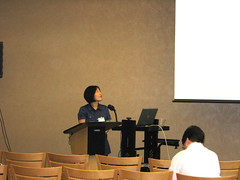
Ji-Young Kim Explains "Empowering Teachers With Squeak" at Squeakfest 2007
Originally uploaded by Lucas Gillispie

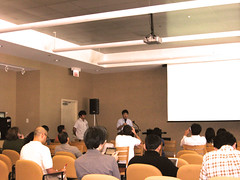
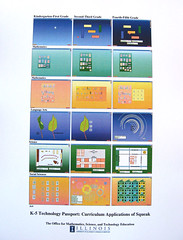
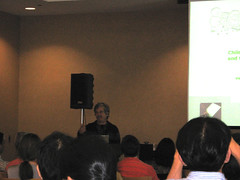
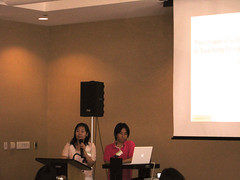

 Well, I'm gearing up for Squeakfest 07! The USeIT team is gracious enough to be sending me as a representative of our project. I'm looking forward to the opportunity to learn more about how Squeak is being used and ready to gather ideas to take back to our project. This will also be the first trip to Chicago for my wife and I, so we're really excited about that. Here's a satellite image of the location of Squeakfest 07 and the surrounding area. For more detail, you can visit this Google Maps link.
Well, I'm gearing up for Squeakfest 07! The USeIT team is gracious enough to be sending me as a representative of our project. I'm looking forward to the opportunity to learn more about how Squeak is being used and ready to gather ideas to take back to our project. This will also be the first trip to Chicago for my wife and I, so we're really excited about that. Here's a satellite image of the location of Squeakfest 07 and the surrounding area. For more detail, you can visit this Google Maps link. |
I'm a Biology Teacher at Topsail High School and a Graduate Student in |
| Instructional Technology at UNCW. I am attending Squeakfest 07 as a representative of the USeIT Project. | |